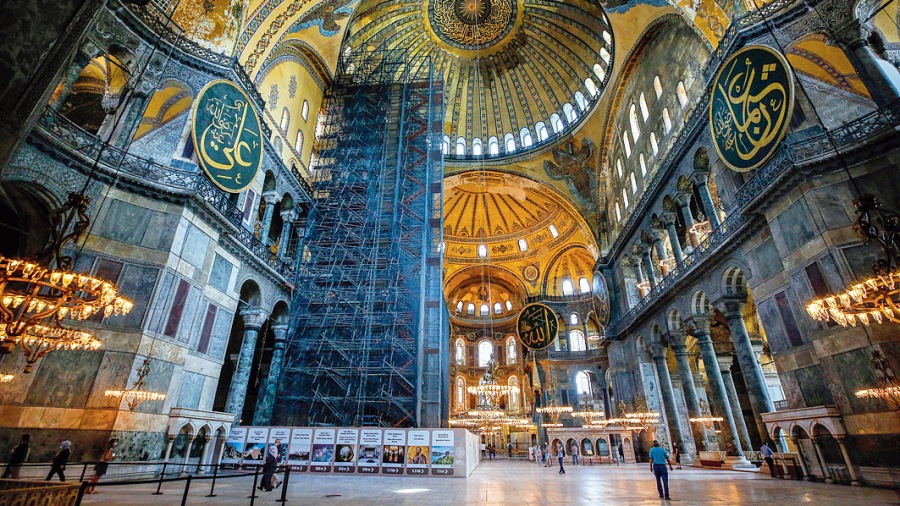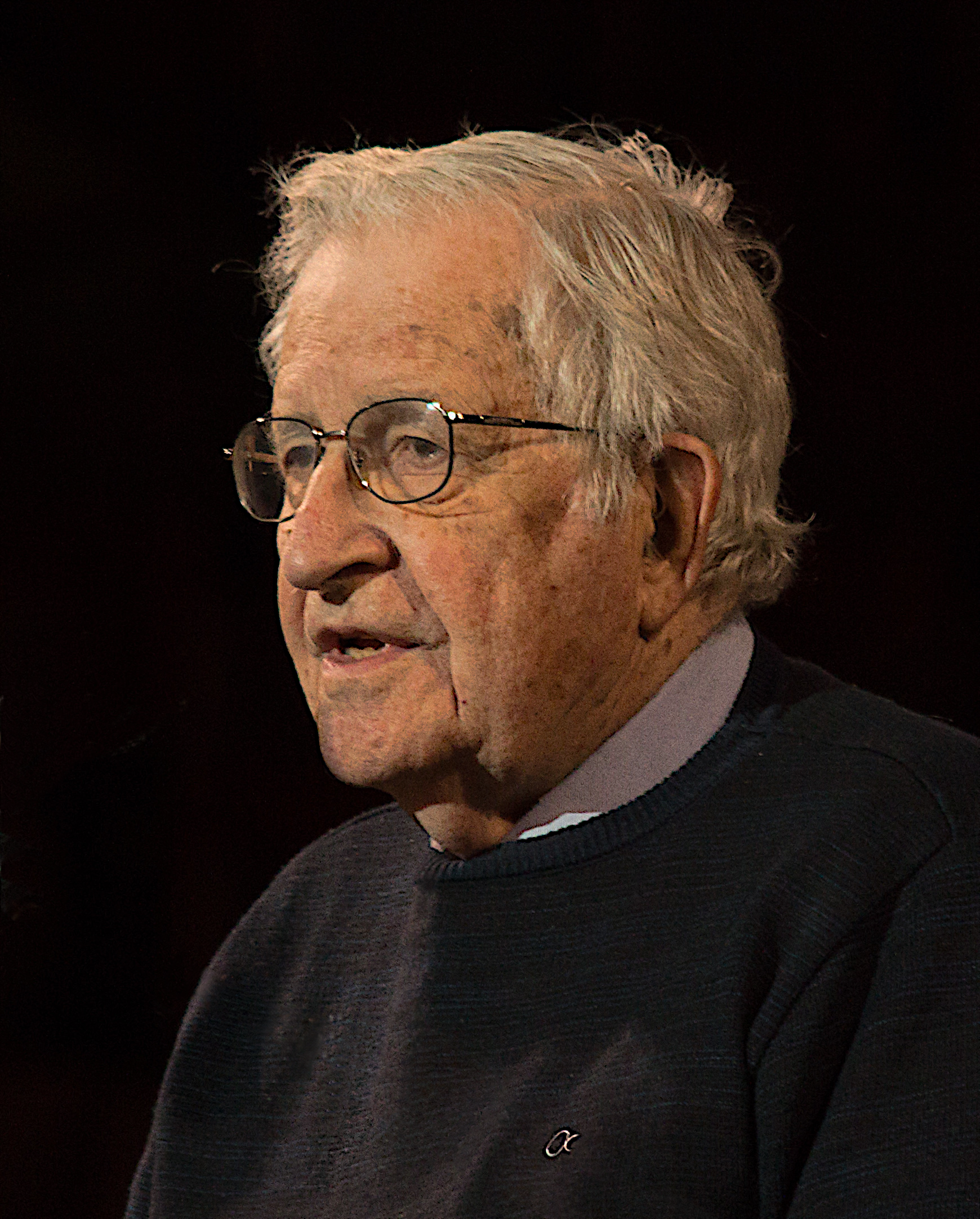The significance of historical monuments is seldom limited to the domain of aesthetics. Edifices and artifacts have, in the course of history, been appropriated by political projects. In fact, it can be argued that some memorials, including shrines, serve as a reliable thermometer to measure the prevailing political temperature. Consider the instance of the oscillating identity of the Hagia Sophia — a Unesco heritage site — in Turkey. Originally built as one of the grandest structures of Christendom, it was converted into a mosque when the Ottomans captured Constantinople, only to transition into a museum when the secular icon, Mustafa Kemal Ataturk, took over the reins of the country. Now, in what critics suggest is a blow to Turkey’s history of inclusivity, Hagia Sophia has become a mosque, once again, with the president, Recep Tayyip Erdogan, announcing the structure’s change of fate. Mr Erdogan’s decision has been roundly criticized: the pope has expressed his anguish too. But the president is unlikely to have a change of heart. Plummeting tourism may have been cited as an excuse but the real intent is consistent with Mr Erdogan’s manoeuvres to steer the country towards his model of Islamic nationalism. Of course, contestations over ancient buildings are hardly new. In India, a long, bitter custodial battle over an old edifice was resolved by the Supreme Court, but not to the satisfaction of everyone, including ordinary citizens concerned with India’s future as a secular republic.
The politicization of places of worship and memorials reiterate the symbolic value of these structures. Each represents a set of ideas that opponents — political adversaries — wish to challenge. Unfortunately, these clashes often lead to the distortion and, in some cases, the elimination of cherished ideals. For instance, the Hagia Sophia could have endured as a wonderful, inspiring example of the confluence of faiths. After all, this is the sacred site where Christianity has coexisted with Islam. Its association with any one faith undermines its deeply inclusive roots. Is there then a case of reimagining relics of history as shared cultural resources, possessed by none but accessible to all? Such an inference is not implausible. Every faith and its representative obelisks claim to help the flock reach the same emancipatory goal; only their paths vary. In a world riven by religious conflict, the importance of the demand of secularizing heritage cannot be emphasized enough.












